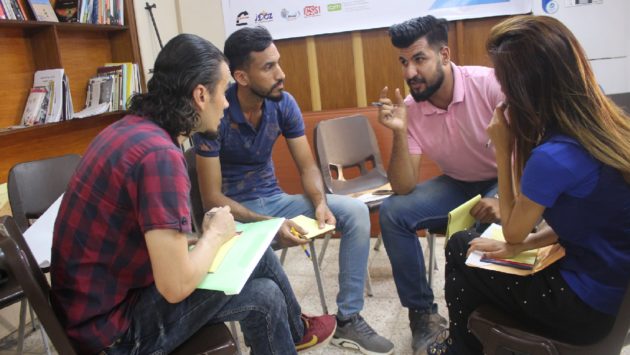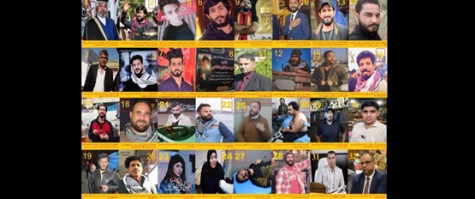With the Flag and a Phone, Young Protesters Surprise Iraq’s Politicians and Political Parties with the Power of their Message
Iraqi Civil Society Solidarity Initiative 8 October 2019
The 1 October uprising, which began in Tahrir Square in Baghdad, is an extension of the Iraqi nonviolent protest movement that began in the same place in 2011. The earlier peaceful protests challenged the existing political system; this time, though some of the issues are the same, the demonstrations spring from a new source and are differently organized.
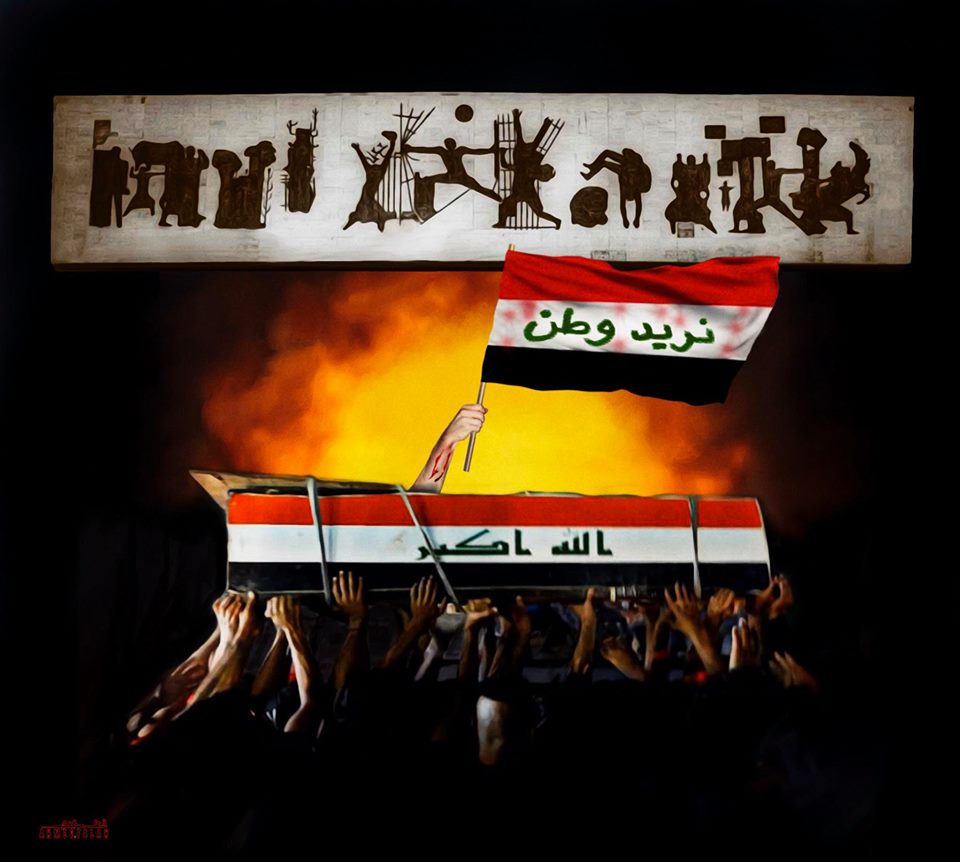
The source of the current uprising is young people between the ages of 17 and 23, most of whom come from poor and impoverished areas. Many of them did not know Iraq before 2003, instead they know only a country suffering from a ruling political class that adheres to partisan and sectarian quotas and continues to use its power, not for the common good of the Iraqi people, but to avoid responsibility for the widespread and enduring corruption that has cost the country hundreds of billions. The young people who are now peacefully demonstrating on streets all over the country hold this political class accountable for the lack of basic services, the lack of employment opportunities, for their lives lived on the sidelines, and a sense that they have no meaningful future.
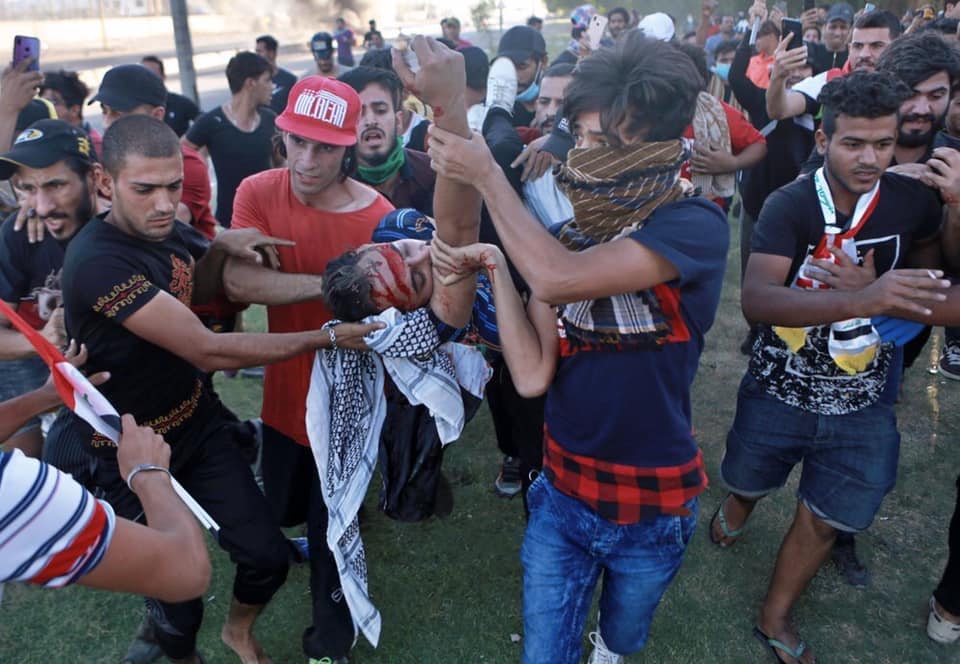
These young people took to the streets in nonviolent protest five days ago, despite opposition from their parents who were worried
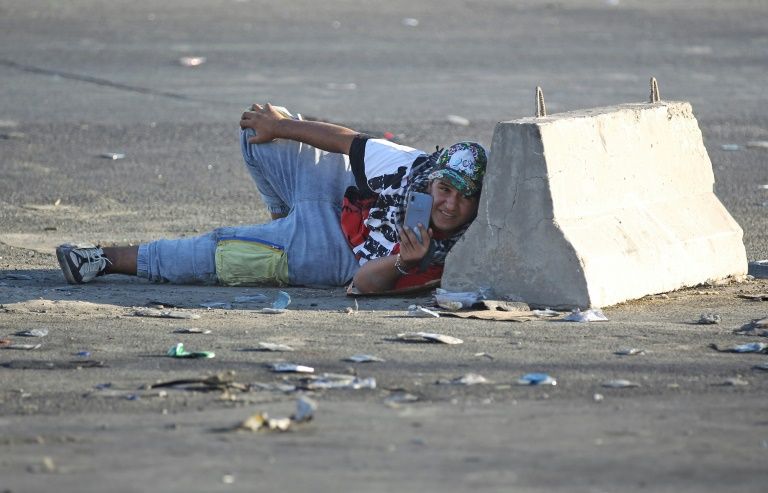
On 1 October, the world witnessed the first wave of young nonviolent demonstrators in Baghdad, Nasiriyah and Diwaniyah, a spontaneous and peaceful movement
Initially absent from the current protests were official representatives from established political parties, absent too were activists and leaders of former protests. These recent protests had none of the formal coordinators or organizers of former protests. Instead, on 1 October, the youth of Iraq struck out on their own, leaving earlier activists, along with the “stars” of the past protests, leftists, Sadrists and many others running to catch up. Experienced protesters who had contributed to the nonviolent protest movement since 2011 were at first entirely absent! Most of them were not prepared, they did not anticipate the power of this new youth movement until recently.
As the movement continued, experienced activists and protesters gradually joined in, and their support has been instrumental in keeping the demonstrations going. They have disseminated protest news and mobilized global public opinion through their international networks. Experienced people are now playing an important role by offering practical instructions on how to deal effectively and nonviolently with reactions from authorities who try to block social networking sites, send tear gas into crowds, and interrupt internet connections to stop the movement from spreading.
Some Iraqis within Iraq and others in the diaspora, are helping to motivate international organizations such as the United Nations, Amnesty International, Front Line, the Arabian Gulf Center and others to issue statements supporting the protesters and denouncing police repression. Without this outside support, the demonstrators would not have been able to move so quickly and and with such intensity. There have been public statements of solidarity made in different European and international capitals, contributing directly to attracting the world’s attention to the ongoing protest movement.
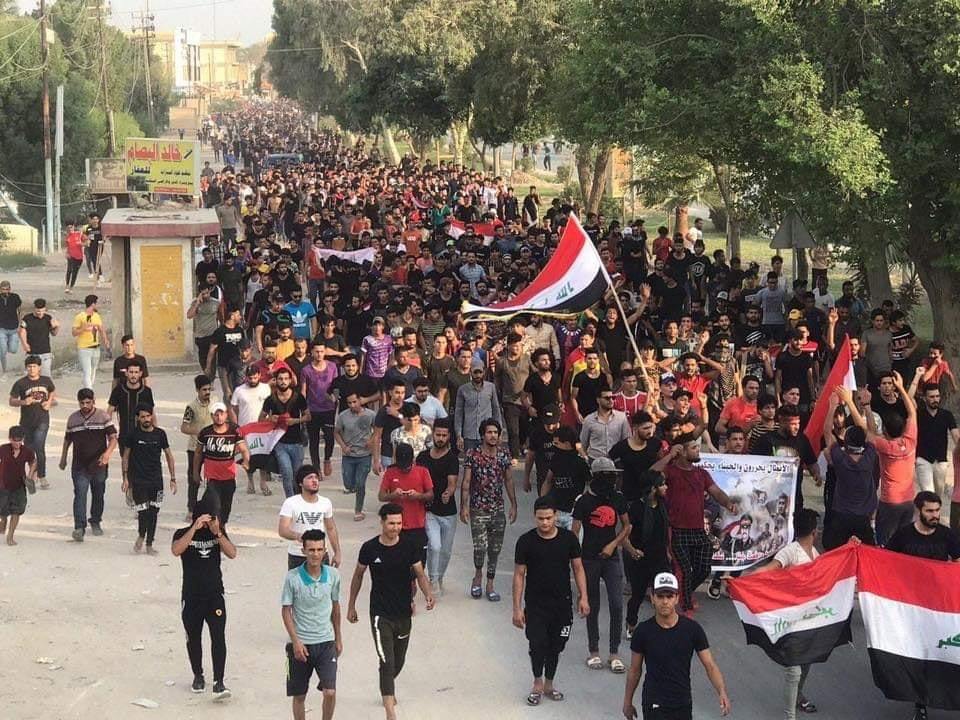
Within Iraq, it was the urban centers that were late to join in on the action. In Baghdad, for example, despite the fact that demonstrations took place in and around Tahrir Square and Tayaran Square, most of the protesters came from the outskirts of the city, from impoverished areas, while residents of neighborhoods in central Baghdad simply stood by as protests began, watching and waiting to see what would happen. In the province of Dhi Qar, which reported the highest number of casualties among protesters after Baghdad, young protesters came from districts such as Rifai and Shatra, rather than the more urban areas as one might have expected. This was also the case in Diwaniya, where peaceful protestors were met with violent confrontations with authorities, and the number of those wounded or killed was also quite high.
The influence of well-known clerics, such as Sistani and Sadr, on the course of the
Women’s presence in these protests has been crucial both at a practical level as well as a symbolic one. Photos have been posted of women giving handkerchiefs to young people to be used to shield their eyes from tear gas, and gathering along the main street in Baghdad to reassure and support those who have fallen. Activists also posted footage of a woman who made sandwiches for protesters, providing them with food which allowed them to continue to demonstrate. Also circulated widely were photos of women peacefully protesting themselves, taking active part in the nonviolent demonstrations in Baghdad, warmly welcomed by the young people around them. Women chanted for peace and denounced the police-led repression.

